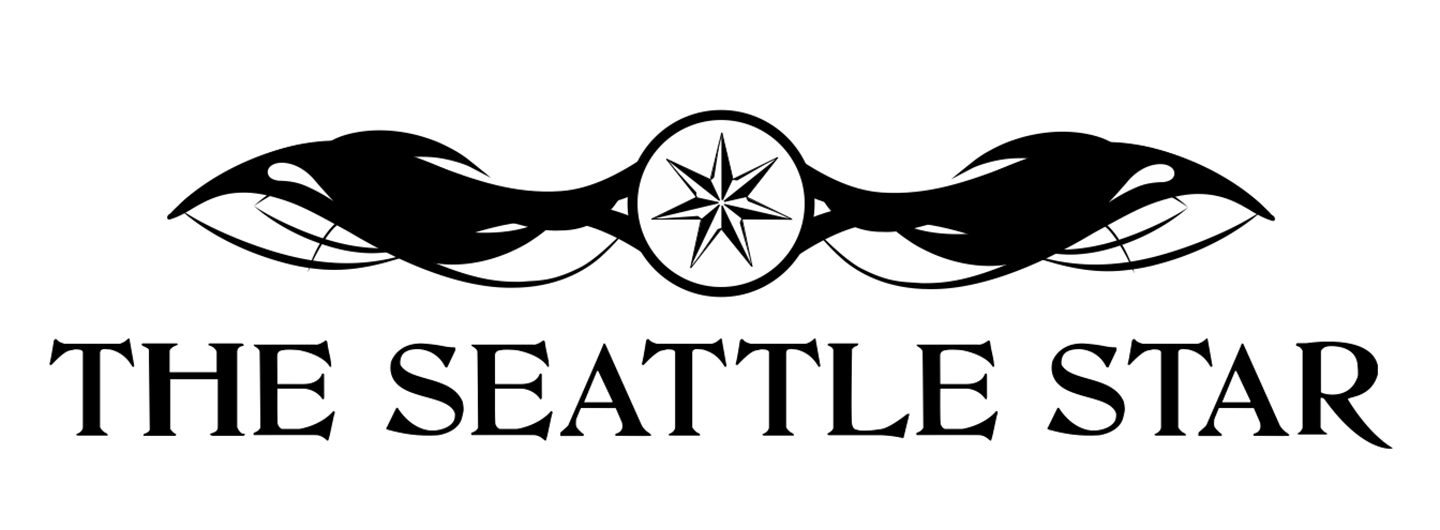The Theme of Foreplay
The Author makes it home with his youngest, his only, daughter. It’s late, early in the afternoon but late for nap. He has been calling Lilly’s name in the car and poking her in the backseat to keep her awake so she wouldn’t take a fifteen-minute nap that replaced a two-hour nap. He has been minimally successful and does not know what will come of naptime. The final chapter on their morning excursion has yet to be written, though it is no longer morning.
The Ghastly Impermanence: The Museum, The Department Store and The Landfill
Artists like Norman Corwin strove toward an idea of radio as an artist’s studio with radio drama as a natural product of the process. Yet as so often typical in American culture, singular artistic visions hardly merit a mention in histories of radio. The idea of an artist’s studio went largely ignored, because the goal of OTR was not to produce art but rather to produce consumers.
Subconscious Disconnect, a short film for your viewing pleasure
Two scientists grapple with reality while watching the dream of their final subject. Based on a story by the Star’s own Garrison Kammer. Directed and co-written by Ian Kammer.
Landscape of the Body: The Limits of Pastiche
John Guare’s plays were po-mo before po-mo was the American theater’s default setting. They revel in pop culture references. They erase the line between reality and the phony “hyperreality” promoted every day in the media. His approach to the material is that so beloved of deconstructionists everywhere: pastiche. The difficulty in staging this pastiche is that the play often threatens to turn into pure chaos.
Seattle: Meet Artsyo
A self-proclaimed “OKCupid for art,” Artsyo is a brand spankin’ new online search engine that pairs users with local art and artists. Enter their “Pimp My Wall” contest by November 29th for a chance to overhaul your wall with a new original artwork on Artsyo’s dime.
Amarillo y El Dorado: Teatro Línea de Sombra Bring It at On the Boards
The desire to be somewhere better is indigenous to the human race. There are probably at least a myriad of clichés about how “the grass is greener” and it is certainly common to wish one were somewhere else. When life is relatively stable, this desire to find greener pastures is a luxury. When life is chaos, this desire is no longer a luxury but a thirst for life.
Goddess at the Shore
A dramatic poem from our resident Muse, Pam Carter.
Interleavings: Serendipity and the Auto/Biographical Process
Edith Buxbaum: she also liked to cook.
The Ghastly Impermanence: Canon Envy
While many people are certainly satisfied with the absence of a canon for radio drama, the lack of one has dismal consequences.
Night and Day Film Noir Series Month Four: Carol Reed’s The Third Man
In this entry the Night and Day Film Noir series’ curator Bradon Ryan and the Star’s José Amador effuse all over Carol Reed’s production of Graham Greene’s script The Third Man, briefly delve into the film’s production history and somehow find themselves in the middle of discussing the worlds of Joss Whedon, the Terminator movies, the Rambo movies, and Mutiny on the Bounty.
Except where otherwise noted, the content on this site is licensed under a Creative Commons Attribution 4.0 International License.










